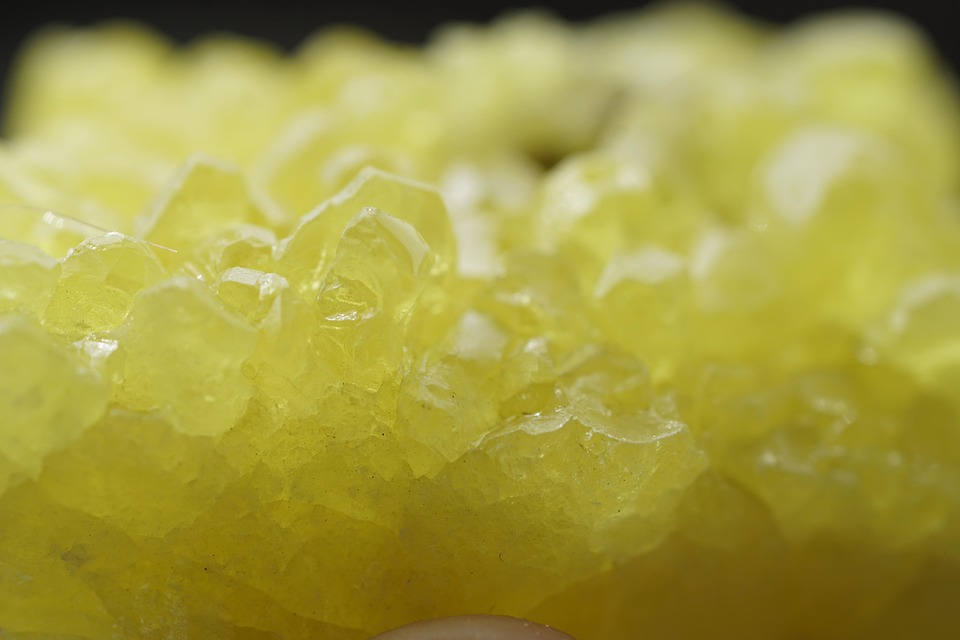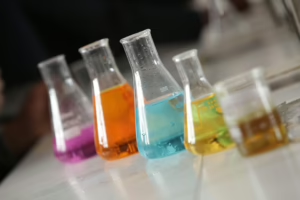From Lab to Life: The Everyday Impact of Chemistry in Our Homes
Introduction
Chemistry is often viewed as an abstract discipline, confined to the labs and classrooms where students conduct experiments and researchers analyze compounds. However, the reality is that chemistry permeates our daily lives in countless ways. From the moment we wake up to the time we go to bed, we interact with a myriad of chemical substances that have been carefully developed and refined to enhance our well-being, health, and overall quality of life. This article embarks on a comprehensive exploration of the impact of chemistry in our homes, elucidating the significance of this scientific field in creating the products we rely on every day.
The Backbone of Household Products
The importance of chemistry in household cleaning products cannot be overstated. From dishwashing liquids to laundry detergents, these essential items are formulated using a variety of chemical compounds.
Detergents and Surfactants
Detergents, a cornerstone of modern cleaning, contain surfactants that reduce surface tension in water, allowing it to spread and penetrate surfaces more easily. The use of surfactants transforms water into an effective cleaning agent, helping to remove grease and grime from various surfaces. For example, sodium lauryl sulfate (SLS) and sodium laureth sulfate (SLES) are common surfactants found in many household cleaners. Their molecular structure comprises hydrophilic (water-attracting) and hydrophobic (water-repelling) components, enabling them to interact with both water and oil, effectively breaking down and emulsifying dirt and stains.
Disinfectants and Antimicrobials
The demand for disinfectants has surged, especially in light of global health crises. Chemicals such as bleach (sodium hypochlorite) and alcohol (isopropyl alcohol) have gained prominence for their ability to kill bacteria and viruses on surfaces. Moreover, advancements in chemistry have led to the formulation of products that are not only effective but also safe for household use, minimizing harmful residues and promoting better indoor air quality.
Air Fresheners
Air fresheners illustrate another fascinating application of chemistry. These products utilize volatile organic compounds (VOCs) to mask odors or neutralize unpleasant scents. Many modern formulations prioritize natural and biodegradable ingredients, leveraging the power of essential oils and natural fragrances to create a pleasant indoor atmosphere.
Personal Care Products
From toothpaste to shampoos, personal care products are also deeply rooted in chemistry. These products harness the principles of chemistry to provide beauty and hygiene solutions that are both effective and safe for consumers.
Skincare and Cosmetics
The skincare industry is a prime example of chemistry at work. Ingredients like hyaluronic acid, retinol, and vitamin C are employed for their beneficial properties, such as hydration, anti-aging, and skin brightening, respectively. These compounds are developed through sophisticated chemical processes that ensure their efficacy and stability in formulations.
Hair Care
Chemistry plays a crucial role in hair care products, which often contain surfactants to cleanse hair and conditioning agents to enhance manageability. For instance, silicones, such as dimethicone, are used to create a protective barrier around hair strands, reducing frizz and imparting shine by reflecting light.
Food Chemistry: The Science of Nutrition
The kitchen is perhaps the most chemistry-intensive room in any home. The food we consume, the way we cook it, and even how we store it are all heavily influenced by chemical processes.
Food Preservation
Chemistry provides us with methods to preserve food and extend its shelf life. Techniques like canning, freezing, and dehydration utilize chemical principles to inhibit microbial growth and enzyme activity that leads to spoilage. Additionally, preservatives such as sodium benzoate or calcium propionate are often included in packaged foods to prevent the growth of bacteria and fungi.
Flavorings and Additives
Flavor enhancers and additives are crucial components of modern cuisine. Chemicals like monosodium glutamate (MSG) and various artificial flavorings are employed to intensify flavors and make food more palatable. Moreover, the Maillard reaction—a complex chemical reaction that occurs during cooking—contributes to the browning and flavor development in a wide array of cooked foods.
Health and Safety: Pharmaceuticals in Everyday Life
The significance of chemistry extends to health and safety, where pharmaceutical products have revolutionized medicine. From over-the-counter medications to prescription drugs, chemistry is at the heart of modern healthcare.
Pain Relievers and Antibiotics
Common pain relievers like ibuprofen and acetaminophen are products of extensive chemical research that aim to alleviate discomfort while minimizing side effects. Additionally, antibiotics such as penicillin were derived from chemical compounds produced by fungi and are crucial in the fight against bacterial infections.
Vaccines
Recent global health challenges have underscored the critical role of biotechnology and chemistry in public health. Vaccines, developed through intricate chemical processes, rely on the introduction of harmless components related to pathogens to stimulate an immune response, thereby protecting against diseases.
Green Chemistry: A Sustainable Future
With an increasing awareness of environmental challenges, the field of green chemistry has gained traction. This branch focuses on designing products and processes that minimize harm to human health and the environment.
Biodegradable Plastics
The efforts to create biodegradable plastics, derived from natural sources such as corn starch or seaweed, exemplify green chemistry. These materials aim to reduce plastic waste and alleviate pollution in our ecosystems while still fulfilling the functional requirements of conventional plastics.
Eco-Friendly Cleaning Products
The growth in demand for eco-friendly cleaning products has led to formulations that employ plant-based ingredients and eliminate harmful synthetic chemicals. These products exemplify chemistry’s potential to address sustainability challenges while maintaining effectiveness.
Conclusion
In our daily lives, chemistry is an omnipresent force that influences everything from the products we use to our health and well-being. As we continue to explore the intersection of science and daily life, our understanding of the intricate chemistry behind the household products we commonly use deepens. Whether it’s the surfactants in our cleaning supplies or the preservatives in our food, chemistry plays an incredible role in shaping our experiences and should be appreciated not as a dry science confined to laboratories but as an integral part of our existence. By embracing the wonders of chemistry, we can pave the way for innovative solutions that enhance our lives while being mindful of our impact on the environment.
References
- [Modern_footnote_source]: "The Science of Cleaning: Detergents, Surfactants, and Chemistry in Household Products."
- [Modern_footnote_source]: "Understanding Antimicrobial Efficacy: The Role of Chemistry in Disinfectants."
- [Modern_footnote_source]: "Air Fresheners: Chemical Methods to Impact Indoor Air Quality."
- [Modern_footnote_source]: "Chemistry in Skincare: An Overview of Modern Cosmetic Ingredients."
- [Modern_footnote_source]: "Food Chemistry: Preservatives and Their Role in Food Safety."
- [Modern_footnote_source]: "The Science Behind Pain Relief: A Look at Common Medications."
- [Modern_footnote_source]: "Green Chemistry Solutions: Innovations for a Sustainable Future."
(Note: Please inform me if you would like to expand on specific sections or add more detail to any particular aspect.)
























Add Comment